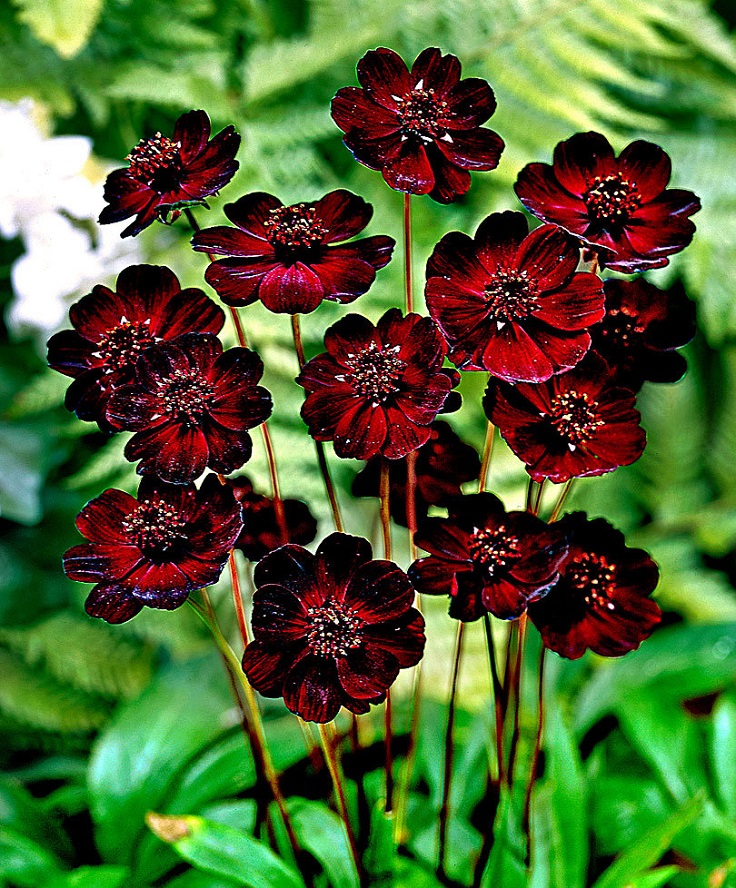How To Grow And Care For A Cottonwood Tree Plant
Cottonwood trees are a wonderful addition to any garden or landscape, with their tall stature, generous shade, and lovely foliage. There are three types of cottonwood trees that are commonly seen in North America – Eastern Cottonwood, Western Cottonwood, and Black Cottonwood. Each of these varieties has its own unique qualities, making them a sought-after species among garden enthusiasts. Plant Attributes Cottonwood trees are tall and fast-growing trees that can reach a height of up to 100 feet in just a few years. They have a spacious, open canopy that provides deep shade and allows for the growth of grass and other plants underneath. Cottonwoods are deciduous trees that lose their leaves in the fall, providing a lovely show of golden yellow hues. Plant Care Cottonwood trees are fairly easy to care for and require minimal maintenance after they are established. They prefer moist, well-draining soil, and need to be watered regularly during their first year to help them establish deep roots. Mature cottonwood trees are relatively drought-tolerant and can withstand dry periods once they are established. Pruning Pruning is an important part of keeping cottonwood trees healthy and looking their best. Regular pruning helps to shape the tree's growth, improves its overall appearance, and enhances its health. Pruning should be done during the winter months to avoid disrupting the tree's growth during the growing season. Propagation Cottonwood trees can be propagated through cuttings taken from young, healthy trees. The cuttings should be taken during the late winter or early spring, before the tree begins to bud. The cuttings should be about six inches long and should have at least one bud on them. The cuttings should be planted in moist soil and kept in a warm, sunny location until they establish roots. Potting & Repotting Cottonwood trees are generally planted directly in the ground, but they can also be grown in pots. When planting in a pot, use a large, deep container to accommodate the tree's long taproot. The pot should be filled with well-draining soil and should be placed in a sunny location. Common Pests & Plant Disease Cottonwood trees are generally hardy and resistant to most pests and diseases. However, they can sometimes be affected by cankers, leaf spots, and powdery mildew. These issues can usually be managed with the proper use of fungicides and proper cultural practices. Common Problems Cottonwood trees can sometimes become problematic due to their large size and spreading root systems. The roots of mature trees can damage sidewalks, patios, and other structural elements, so it is important to keep this in mind when planting them. Additionally, cottonwood trees are known to produce a considerable amount of cotton-like material in the spring, which can be unsightly and messy. Overall, cottonwood trees are a wonderful addition to any garden or landscape, providing beauty, shade, and a unique and interesting character. With the proper care and maintenance, these trees can thrive and provide enjoyment for generations to come. So, whether you are a seasoned gardener or a beginner, consider adding a cottonwood tree to your outdoor space and enjoy all that it has to offer! 


www.progardentips.com - cottonwood plains progardentips utah hppr
www.homestratosphere.com - cottonwood tree trees beautiful autumn firewood good types cottonwoods poplar gary whitton fall wood eastern clipart kachina plant hopi landscape
www.bonanza.com - cottonwood populus fremontii




Post a Comment for "How To Grow And Care For A Cottonwood Tree Plant"